Presentation
Pelvic pain and palpable mass on physical exam.
Patient Data
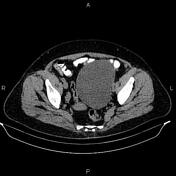



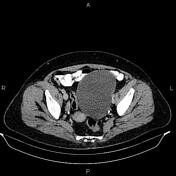

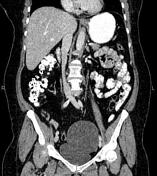

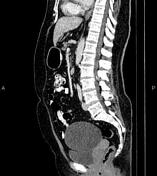

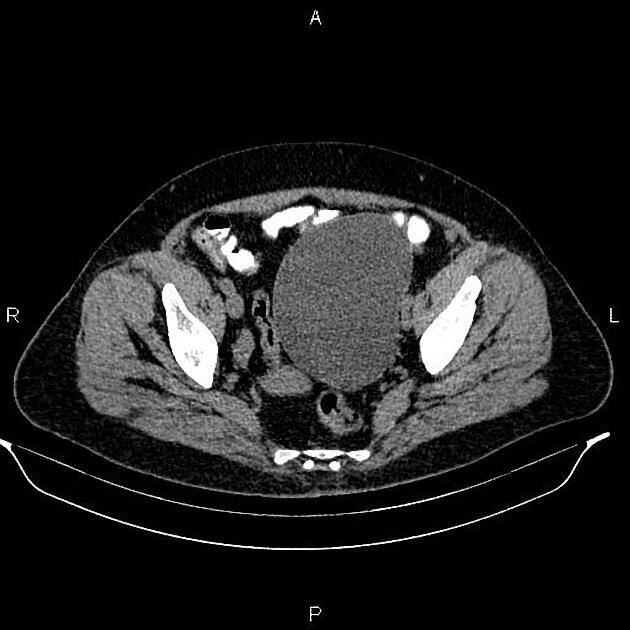
A 125×90 mm unilocular cystic lesion without enhancing solid components is noted in the left adnexa. The left ovary couldn’t be defined separately.
A few gas containing stones are noted in the gallbladder.
A 5 mm stone is seen in the lower calyx of the left kidney.
Case Discussion
Left adnexal cystic lesion; pathology proved ovarian serous cystadenoma, a type of benign ovarian epithelial tumor at the benign end of the spectrum of ovarian serous tumors.
On CT images, ovarian serous cystadenoma is often seen as a unilocular (typically) or multilocular cystic mass, with a thin regular wall or septum and no solid enhancing component.




 Unable to process the form. Check for errors and try again.
Unable to process the form. Check for errors and try again.